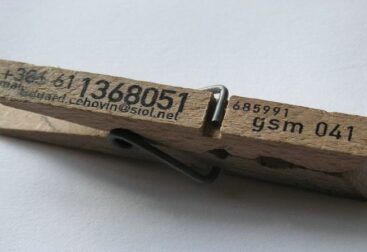Business cards came from Asia to Europe thanks to Marco Polo, a famous sea traveler in the 17th century. They first appeared in France and Italy, where the custom of exchanging business cards quickly became popular among the local aristocracy.
The court of Louis XIV, where socializing or not depended on effective self-promotion, turned out to be an ideal place for the popularity of business cards to flourish. The protocol for giving a business card was extremely strict: a gentleman who wanted to pay a visit to a lady had to hand his business card not only to her, but also to every other woman in her house separately. The cards had to be handed over by a servant, and a possible visit could only take place after seeing and approving the card. All cards received were kept on a small tray in the hall and presented to the lady by the servant on his left hand. Men could carry cards with them in their pockets, while women were expected to keep them in special cases. No reaction to the received business card meant that the relationship would not continue. Seventeenth-century business cards, most often made of white cardboard, were custom-decorated with various forms of graphics depicting family coats of arms, estates and portraits, and hand-signed by the owner. At the end of the 17th century, business cards began to be appreciated as a form of advertising by merchants and traders. Business cards with information about their business and its location were handed out to passers-by in squares and markets, and exchanged with other traders in order to establish business contacts for the future. 'Trading cards’ were treated very seriously – when signed by the owner, they had the same legal force as signing a commercial contract.






